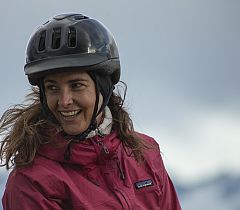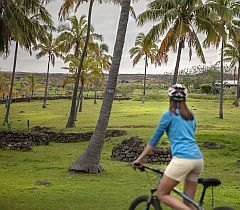Regenerative grazing
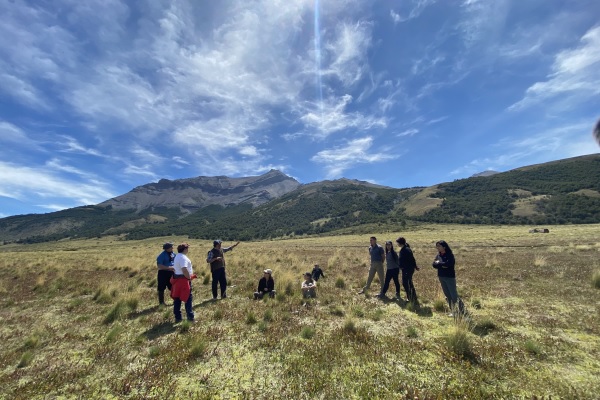
Strategic grazing is a little known technique in Chile and aims to conserve and improve soil productivity and animal welfare through grazing methods.
Generally speaking, it consists in rotating the animals strategically to respect nature’s times and the growth of plants, which are the food they need to eat.
Explora has 30 horses in the Torres del Paine Conservation Reserve and began implementing this type of grazing in January this year. Plans are designed based on many factors, such as soil quality, the number of animals, the staff available, the types and number of fences, among other things.
THE ORIGINS
In the 1960s, the biologist and farmer Allan Savory put forward the idea that proper livestock management should be based on imitating the behavior of wild herds of grazing animals. Thus, he came up with a planning system that helps ranchers and farmers to better manage agricultural resources to harvest in a sustainable and regenerative way.
In 2009 he created the Savory Institute to accelerate the global process of regenerative grazing by supporting an international network of leaders and innovators committed to serving their regions with the highest standards of training and support for the implementation of this plan.
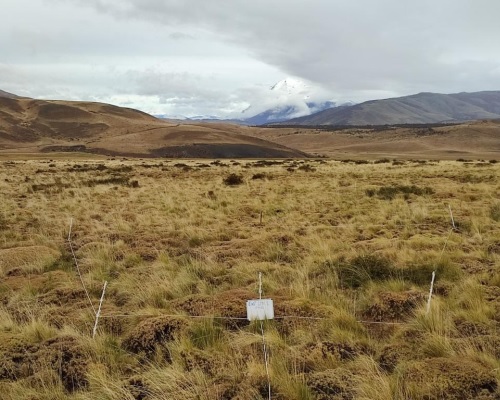
LET’S GET TO WORK
Romina da Pieve, Explora Assistant Manager of Conservation Reserves, explained that, along with Explora’s stable chief Gaela Hourcq, one of the reasons for adopting this plan, and which is aligned with the company’s commitment to preserve the places it is in, is that the same horses that are kept there could be used to improve the soils, because when they were let free, they would often go to wetlands and step on the eggs of other animals, or they would eat too much in a given area, causing the plants not to grow back again. For this reason, the support and willingness of the stable team in Torres del Paine to implement this technique, which is new for everyone, was fundamental.
“We obtained advice from José Manuel Gortazar, owner of the Fundo Panguilemu – which promotes an agricultural model focused on sustainable and responsible production – and were certified by Efecto Manada, the Savory Institute’s representatives in Chile. We installed sensors that will help us measure soil conditions in three aspects: biodiversity, coverage and soil carbon,” commented Explora’s assistant manager of conservation reserves.
Explora is currently implementing its second grazing plan. Planning is done twice a year; once for the winter season and once for the summer. It hopes to have the first data that gives account of the benefits of the work is has been doing by March 2023.
Romina da Pieve explained that all the work is done by the horses. The land was divided into 16 plots, which guarantees the plants enough rest to grow back again.
The horses leave their manure and step all over, mixing everything with the soil. The footsteps also help to aerate the ground, which allows it to rest better until next season arrives, when it will be more fertile and healthier than when they left it.
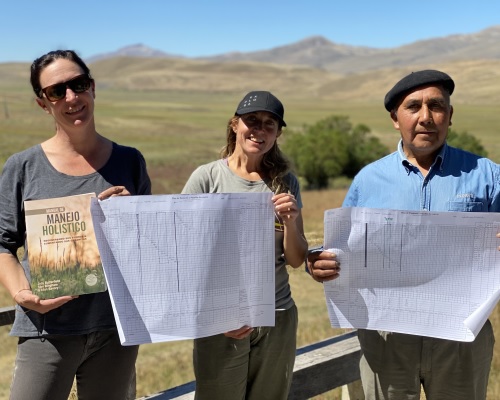
The main problems with the soil in the Torres del Paine National Park are from overgrazing on the one hand, and undergrazing on the other. “The plants the plants that resisted overgrazing grew back, and since nobody ate them, they rotted due to the lack of herbivores in the area. We have a lot of dry material that poses a fire hazard. In addition, in the decomposition process due to the lack of herbivores, the plants generate methane gas that contributes to greenhouse gas emissions,” the Explora assistant manager of Conservation Reserves explained.
At Explora we believe that this pilot project can also serve as a lesson for our neighbors, whom we have invited to participate in talks and with whom we will share the results and lessons learned.
